
Ingredient
Fruit nectars (min. 25-50% fruit as defined in EU legislation)
The Essence of Fruity Delight
Fruit nectars are indulgent beverages made by blending fruits with water and sweeteners. They have a rich and fruity flavor, with a smooth and velvety texture. Fruit nectars are commonly made with fruits like oranges, peaches, apricots, or berries. They are a refreshing and delicious way to enjoy the natural sweetness of fruits. Fruit nectars are often consumed as standalone drinks or used as a base for cocktails, smoothies, or desserts.
Origins and history
The concept of fruit nectars dates back to ancient times, where they were enjoyed by civilizations like the Egyptians and Greeks. These early versions were made by crushing fruits and mixing them with water. Over time, the process of making fruit nectars evolved, and they became popular in various cultures around the world. In the EU, fruit nectars are regulated by legislation that defines the minimum fruit content and other quality standards.
Nutritional information
Fruit nectars are a good source of vitamins and minerals, depending on the fruits used. They provide natural sugars and hydration, making them a refreshing choice. However, it's important to note that fruit nectars can be high in calories and should be consumed in moderation, especially for individuals watching their sugar intake.
Allergens
There are no known allergens associated with fruit nectars.
How to select
When selecting fruit nectars, check the label to ensure they contain a minimum of 25-50% fruit content, as defined by EU legislation. Look for products that use natural sweeteners and avoid those with added artificial flavors or preservatives. Opt for brands that prioritize high-quality fruits and sustainable sourcing practices.
Storage recommendations
To maintain the freshness and quality of fruit nectars, store them in a cool and dry place away from direct sunlight. Once opened, refrigerate the nectar and consume it within a few days to prevent spoilage. Shake well before serving to ensure the flavors are well-distributed.
How to produce
Producing fruit nectars at home requires blending fresh fruits with water and sweeteners to achieve the desired taste and consistency. Experiment with different fruit combinations and adjust the sweetness according to personal preference. Straining the mixture can result in a smoother texture, but it's not necessary.
Preparation tips
Fruit nectars can be enjoyed as refreshing beverages on their own, served chilled or over ice. They can also be used as a base for cocktails, such as fruity margaritas or spritzers. Fruit nectars can be blended with yogurt or ice cream to create delicious smoothies or used as a topping for pancakes, waffles, or desserts like fruit salads or parfaits.
Culinary uses
Fruit nectars are commonly available in supermarkets and grocery stores worldwide. They are particularly popular in European countries like Spain, Italy, Greece, and France, where they are enjoyed as a refreshing beverage during the summer months.
More ingredients from this category
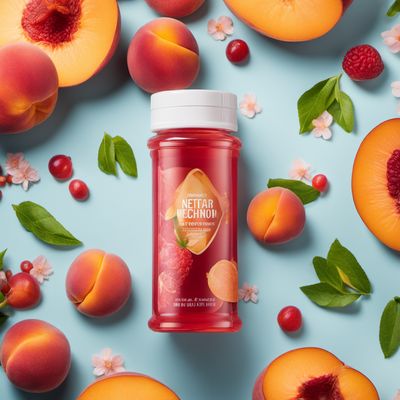
Nectar, peach
The Golden Elixir: Exploring the Sweetness of Peach Nectar

Nectar, pear
The Sweet Symphony of Pear Nectar
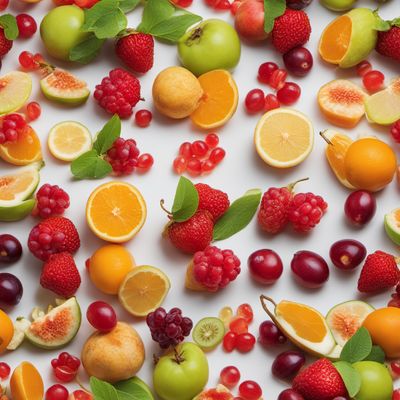
Mixed fruit nectars
A Symphony of Fruity Delights: Exploring Mixed Fruit Nectars
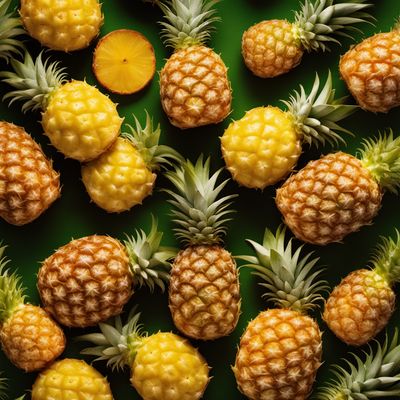
Nectar, pineapple
"Tropical Delight: Exploring the Vibrant World of Pineapple Nectar"
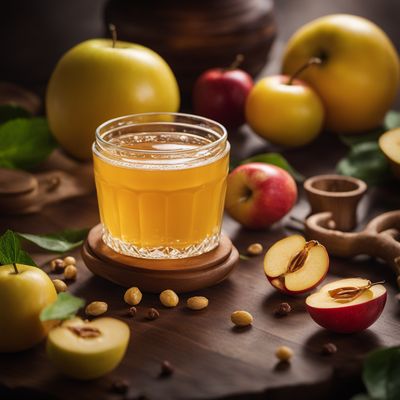
Nectar, apple
The Sweet Essence of Apple Nectar
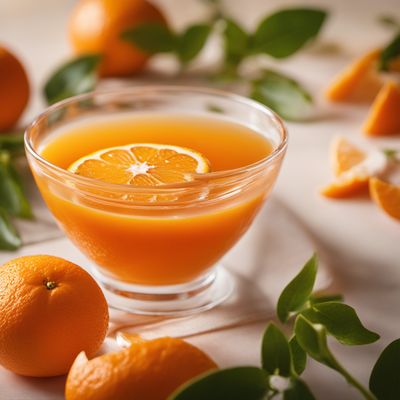
Nectar, orange
"The Citrus Elixir: Exploring the Vibrant World of Orange Nectar"
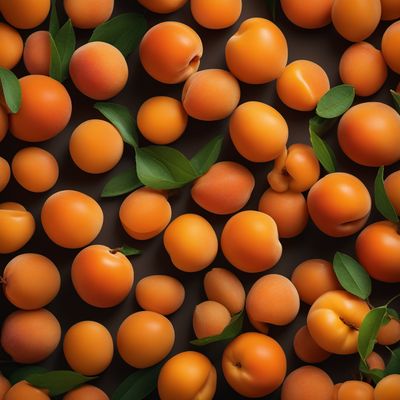
Nectar, apricot
The Golden Elixir: Unveiling the Delights of Apricot Nectar

Nectar, mango
The Golden Elixir of Mango Nectar

Nectar, banana
The Golden Elixir of Bananas